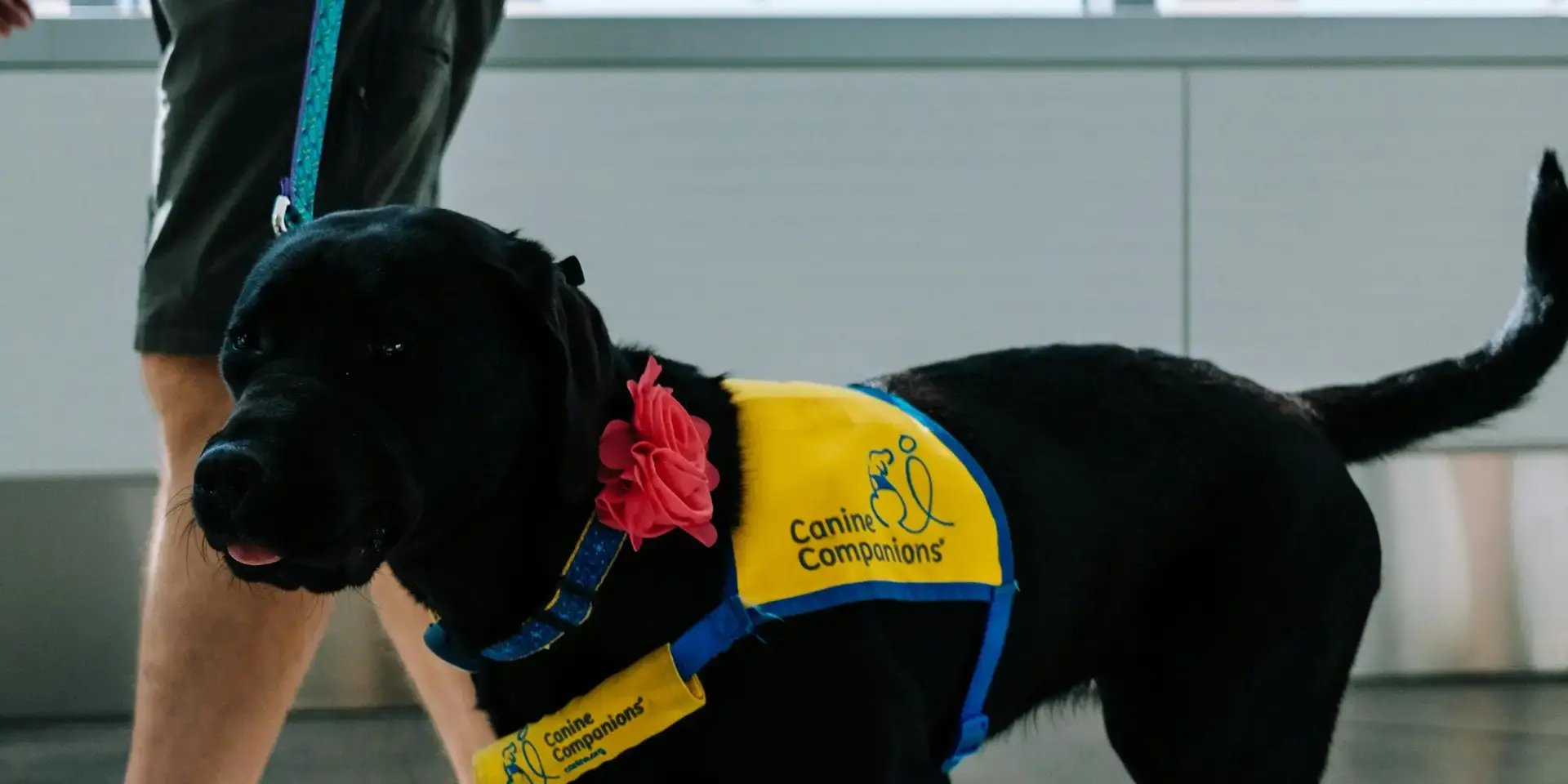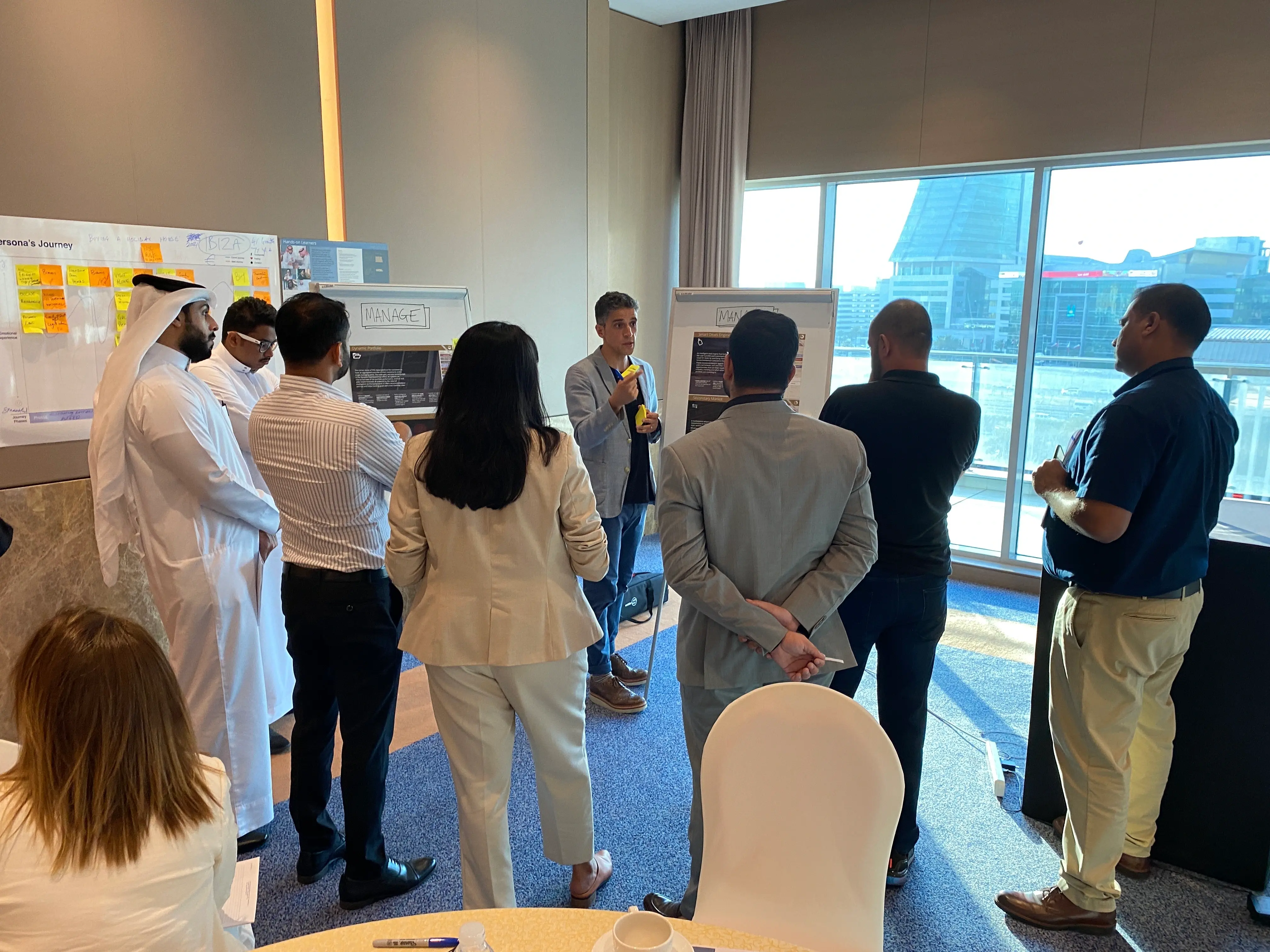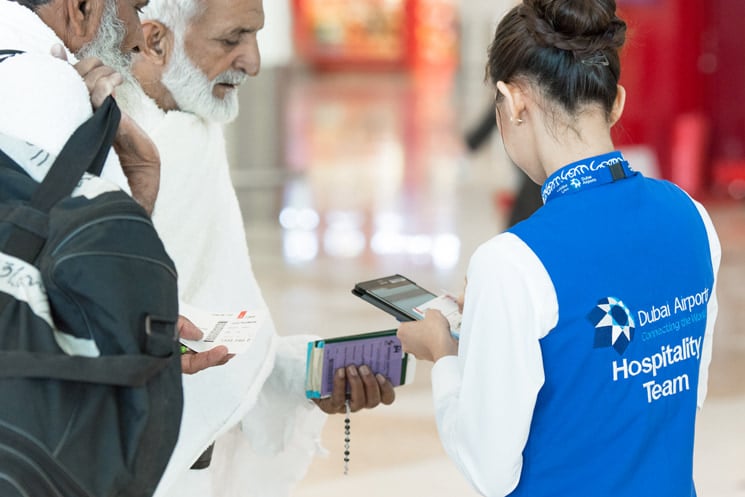Solving the accessibility challenge: reimagining passenger experiences
- Inclusive CXD,
- Accessible
- ·
- 4 min read
For millions of passengers worldwide, air travel can be an overwhelming experience,
especially for those with accessibility needs.
While many airports and airlines have taken steps towards inclusivity, the reality is that current solutions often fall short of addressing the full spectrum of passenger requirements. From navigating terminals to accessing real-time support, the gaps in service can make travel stressful rather than seamless.
By viewing accessibility as an experience and applying human-centred design, deep research and innovative service solutions, airports and airlines can reimagine accessibility in a way that enhances both customer satisfaction and business performance.

In this blog, we explore the key challenges facing the industry and how a strategic, design-led approach can unlock new possibilities for truly inclusive travel.
From identifying unmet passenger needs to rethinking airport environments and empowering passengers, we’ll highlight how accessibility can drive both improved experiences and commercial success.
The accessibility myth
Accessibility is often talked about in terms of compliance - meeting minimum requirements such as installing ramps and ensuring wheelchair assistance exists. But true accessibility isn't just about mobility. It's about clarity, choice and dignity.
- Can passengers with cognitive impairments navigate an airport without confusion?
- Do all passengers have flexible options that let them travel independently?
- Do the systems empower passengers, or does it make them feel like they're a problem to be managed?
Most accessibility services are reactive, built around assumptions rather than lived experiences, resulting in overburdened assistance teams and passengers who feel stripped of control.
Redesigning the airport experience
To design better experiences, it starts with understanding. Many accessibility challenges arise from airports not fully appreciating the breadth of passenger needs.
Once needs are understood, the next step is redesigning the journey. Airports need environments and processes that are inclusive, intuitive and inspiring. They need accessible spaces with clear, multi-sensory wayfinding that benefits all passengers , including those with non-visible disabilities or sensory sensitivities, to support independence.
- Wayfinding that speaks every language (including non-verbal ones)
- Silent support for those who need it
- Assistance that adapts to the individual

Empowering passengers with better tools and services
To provide customers with the best possible accessible experience, it’s important to equip them with relevant tools and services to empower them - technology has the power to remove barriers. Imagine:
- Better pre-travel information and services, ensuring passengers are aware of the support available before arriving at the airport
- Digital tools, such as multilingual wayfinding apps, real-time accessibility guides and personalised journey planners
- Concierge-style services for non-mobility-related needs, providing tailored support for language, navigation or anxiety
Training and empowering staff
In order to deliver an exceptional customer experience, you need to equip staff with the necessary training and responsibility. This includes:
- Providing staff with training to identify and respond to diverse passenger needs,
including non-visible disabilities and cultural sensitivities - Shift the focus of wheelchair assistance staff from logistics to care, ensuring
passengers feel supported and respected
Delivering accessible and profitable experiences
The benefits of reimagining accessibility extend beyond compliance. When passengers can navigate airports easily, it results in;
- Enhanced passenger satisfaction, loyalty and advocacy
- Increased commercial engagement, as passengers feel more empowered to explore
and enjoy airport offerings - Reduced operational costs by providing tailored services that meet passengers’ true
needs more effectively
Accessibility as an opportunity
The challenges airports face with accessibility are clear. Passengers' diverse needs are not being met, and wheelchair assistance is being overused as a ‘catch-all’ solution. Airports are therefore missing opportunities to create equitable, enjoyable experiences while driving commercial success.
By using human-centred design, airports can transform accessibility into a seamless, dignified and empowering experience for all passengers, and ultimately make air travel better for everyone.
Through a combination of deep customer insight, experience design expertise and operational innovation, Engine can enable airports to deliver exceptional, accessible experiences that deliver strong business outcomes.Accessibility isn’t just a responsibility – it’s an opportunity. Get in touch to discuss how we can partner with you to reimagine your CX so it’s truly accessible.












